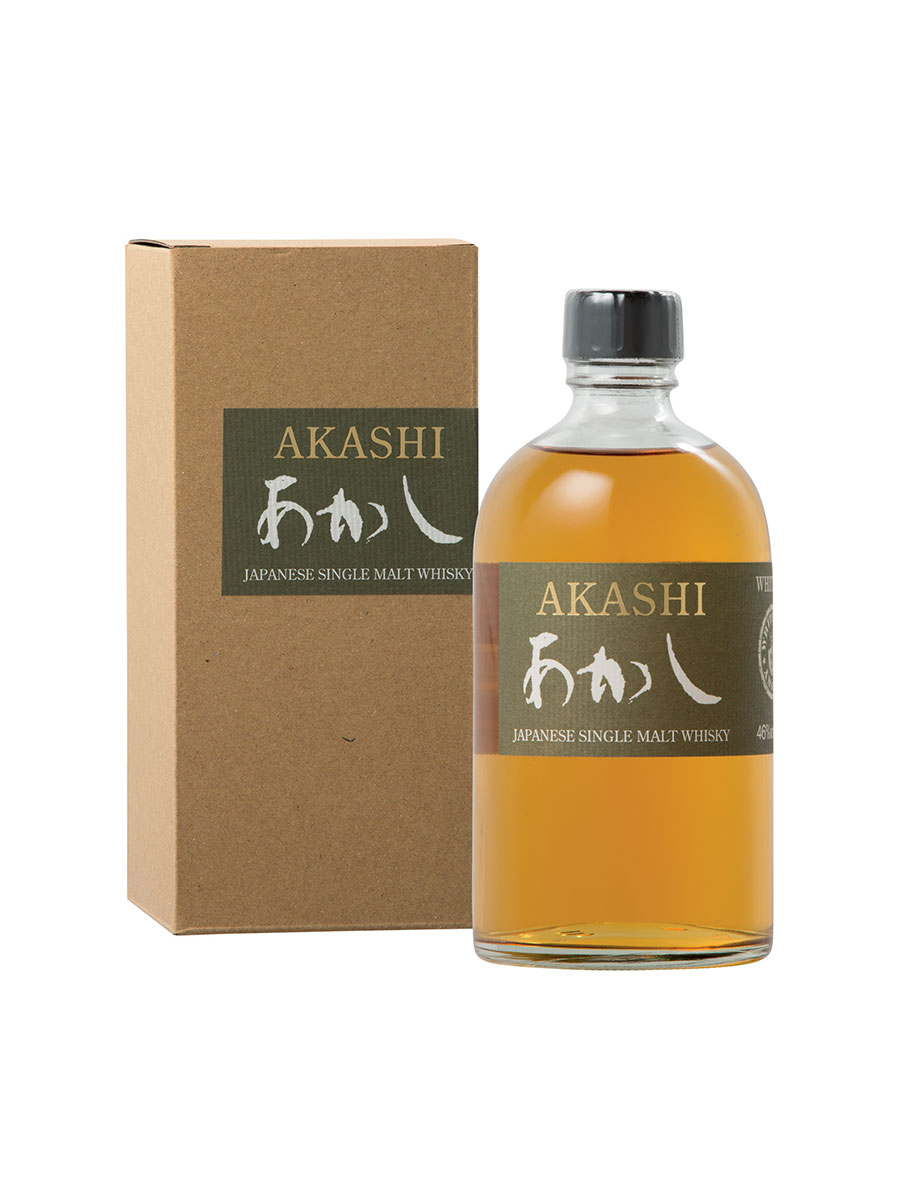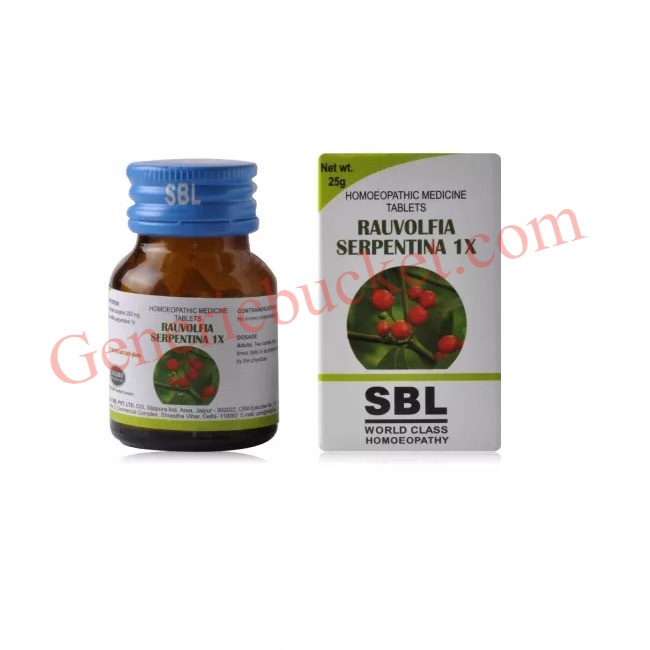Agricultural Fumigants Overview Market Share, Opportunity Analysis and Industry Forecast 2030
Exploring the Evolving Agricultural Fumigants Market
The agricultural fumigants overview plays a critical role in safeguarding agricultural production by eliminating soilborne pests, diseases, and weeds that threaten crop yields and quality. Fumigants are potent chemicals applied to the soil in a gaseous form, permeating the ground to eliminate these threats before planting. This article, drawing insights from Market Research Future's expertise, delves into this market, exploring its drivers, trends, challenges, and the quest for sustainable solutions.
Protecting Crops from Hidden Threats:
Soilborne pests, diseases, and weeds pose a significant threat to agricultural productivity. These underground threats can be difficult to detect and eradicate, potentially leading to significant crop losses. Fumigants offer a powerful solution:
• Broad-Spectrum Control: Agricultural fumigants can effectively target a wide range of soilborne pests, including nematodes, fungi, bacteria, and weed seeds.
• Pre-Planting Application: Fumigants are typically applied before planting, allowing for a clean slate and optimal conditions for crop establishment.
• Improved Crop Yields and Quality: By eliminating detrimental soilborne organisms, fumigants can contribute to increased crop yields and improved crop quality.
Market Drivers:
Several factors are propelling the growth of the agricultural fumigants market:
• Rising Global Food Demand: The increasing global population necessitates higher food production, driving the demand for effective pest and disease control methods in agriculture.
• Emergence of New and Resistant Pests: The emergence of new invasive soilborne pests and the development of resistance in existing pests necessitates the use of effective fumigants.
• Focus on High-Value Crops: Farmers cultivating high-value crops like fruits, vegetables, and ornamentals are more likely to adopt fumigants to minimize yield losses.
• Increased Automation and Large-Scale Farming: Modern farms with larger fields and automated planting practices require efficient methods like fumigation for pre-emptive pest and disease control.
Free Sample Report Link :
https://www.marketresearchfuture.com/sample_request/5113
Market Trends:
The agricultural fumigants market is undergoing significant shifts, driven by environmental concerns and regulatory restrictions:
• Focus on Reduced Environmental Impact: Concerns about environmental pollution and potential harm to non-target organisms are driving the development of less-volatile and more targeted fumigant formulations.
• Stricter Regulations: Stricter regulations governing the use of certain fumigants due to environmental and health concerns are leading to market shifts towards safer alternatives.
• Integration of Alternative Control Methods: An emphasis on integrated pest management (IPM) practices encourages combining fumigation with other control methods like crop rotation, resistant cultivars, and biological controls.
• Development of Biofumigants: Research and development efforts are focused on creating biofumigants derived from natural materials like essential oils or plant extracts, offering a potentially more sustainable option.
Market Segmentation:
The agricultural fumigants forecast can be segmented by:
• Fumigant Type:
o Methyl bromide (strictly regulated due to environmental impact)
o Chloropicrin
o 1,3-Dichloropropene (Telone)
o Metam sodium
o Dazomet
o Biofumigants (emerging segment)
• Crop Type:
o Fumigants for cereals (e.g., wheat, maize)
o Fumigants for fruits and vegetables (largest segment)
o Fumigants for ornamentals and flowers
o Fumigants for other crops
• Geography:
o North America
o Europe (increasing regulations impacting market)
o Asia Pacific (fastest-growing market)
o Latin America
o Middle East & Africa
Key Players:
The major players in the agricultural fumigants market include:
• Arkema, (France)
• Syngenta (Switzerland)
• ADAMA (Israel)
• Trinity Manufacturing, Inc. (U.S.)
• Bayer AG (Germany)
• Solvay (Belgium)
• Merck KGaA (Germany)
• FMC Corporation (U.S.)
• Anhui Guangxin Agrochemical Co., Ltd. (China)
• UPL Limited (India)
• Rentokil Initial plc (U.K.)
• Chemtura Corporation (U.S.)
• DAI (U.S.)
• AMVAC Chemical Corporation (U.S.)
The competitive landscape is characterized by:
Contact us:
Market Research Future (part of Wantstats Research and Media Private Limited),
99 Hudson Street,5Th Floor, New York, New York 10013, United States of America
Sales: +1 628 258 0071(US) +44 2035 002 764(UK)
Email: sales@marketresearchfuture.com
Agricultural Fumigants Overview Market Share, Opportunity Analysis and Industry Forecast 2030
Exploring the Evolving Agricultural Fumigants Market
The agricultural fumigants overview plays a critical role in safeguarding agricultural production by eliminating soilborne pests, diseases, and weeds that threaten crop yields and quality. Fumigants are potent chemicals applied to the soil in a gaseous form, permeating the ground to eliminate these threats before planting. This article, drawing insights from Market Research Future's expertise, delves into this market, exploring its drivers, trends, challenges, and the quest for sustainable solutions.
Protecting Crops from Hidden Threats:
Soilborne pests, diseases, and weeds pose a significant threat to agricultural productivity. These underground threats can be difficult to detect and eradicate, potentially leading to significant crop losses. Fumigants offer a powerful solution:
• Broad-Spectrum Control: Agricultural fumigants can effectively target a wide range of soilborne pests, including nematodes, fungi, bacteria, and weed seeds.
• Pre-Planting Application: Fumigants are typically applied before planting, allowing for a clean slate and optimal conditions for crop establishment.
• Improved Crop Yields and Quality: By eliminating detrimental soilborne organisms, fumigants can contribute to increased crop yields and improved crop quality.
Market Drivers:
Several factors are propelling the growth of the agricultural fumigants market:
• Rising Global Food Demand: The increasing global population necessitates higher food production, driving the demand for effective pest and disease control methods in agriculture.
• Emergence of New and Resistant Pests: The emergence of new invasive soilborne pests and the development of resistance in existing pests necessitates the use of effective fumigants.
• Focus on High-Value Crops: Farmers cultivating high-value crops like fruits, vegetables, and ornamentals are more likely to adopt fumigants to minimize yield losses.
• Increased Automation and Large-Scale Farming: Modern farms with larger fields and automated planting practices require efficient methods like fumigation for pre-emptive pest and disease control.
Free Sample Report Link : https://www.marketresearchfuture.com/sample_request/5113
Market Trends:
The agricultural fumigants market is undergoing significant shifts, driven by environmental concerns and regulatory restrictions:
• Focus on Reduced Environmental Impact: Concerns about environmental pollution and potential harm to non-target organisms are driving the development of less-volatile and more targeted fumigant formulations.
• Stricter Regulations: Stricter regulations governing the use of certain fumigants due to environmental and health concerns are leading to market shifts towards safer alternatives.
• Integration of Alternative Control Methods: An emphasis on integrated pest management (IPM) practices encourages combining fumigation with other control methods like crop rotation, resistant cultivars, and biological controls.
• Development of Biofumigants: Research and development efforts are focused on creating biofumigants derived from natural materials like essential oils or plant extracts, offering a potentially more sustainable option.
Market Segmentation:
The agricultural fumigants forecast can be segmented by:
• Fumigant Type:
o Methyl bromide (strictly regulated due to environmental impact)
o Chloropicrin
o 1,3-Dichloropropene (Telone)
o Metam sodium
o Dazomet
o Biofumigants (emerging segment)
• Crop Type:
o Fumigants for cereals (e.g., wheat, maize)
o Fumigants for fruits and vegetables (largest segment)
o Fumigants for ornamentals and flowers
o Fumigants for other crops
• Geography:
o North America
o Europe (increasing regulations impacting market)
o Asia Pacific (fastest-growing market)
o Latin America
o Middle East & Africa
Key Players:
The major players in the agricultural fumigants market include:
• Arkema, (France)
• Syngenta (Switzerland)
• ADAMA (Israel)
• Trinity Manufacturing, Inc. (U.S.)
• Bayer AG (Germany)
• Solvay (Belgium)
• Merck KGaA (Germany)
• FMC Corporation (U.S.)
• Anhui Guangxin Agrochemical Co., Ltd. (China)
• UPL Limited (India)
• Rentokil Initial plc (U.K.)
• Chemtura Corporation (U.S.)
• DAI (U.S.)
• AMVAC Chemical Corporation (U.S.)
The competitive landscape is characterized by:
Contact us:
Market Research Future (part of Wantstats Research and Media Private Limited),
99 Hudson Street,5Th Floor, New York, New York 10013, United States of America
Sales: +1 628 258 0071(US) +44 2035 002 764(UK)
Email: sales@marketresearchfuture.com





